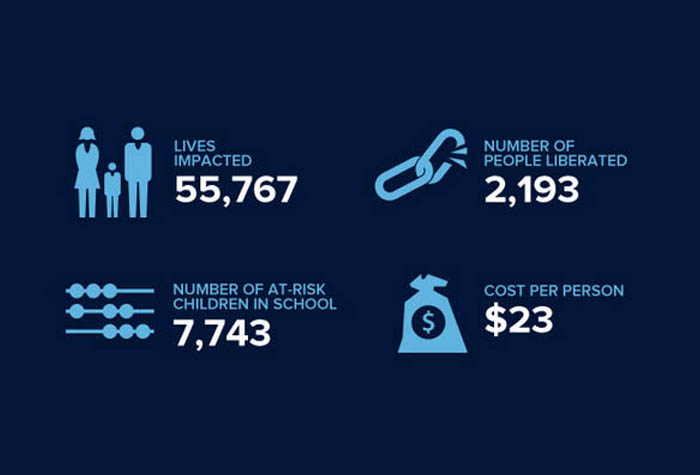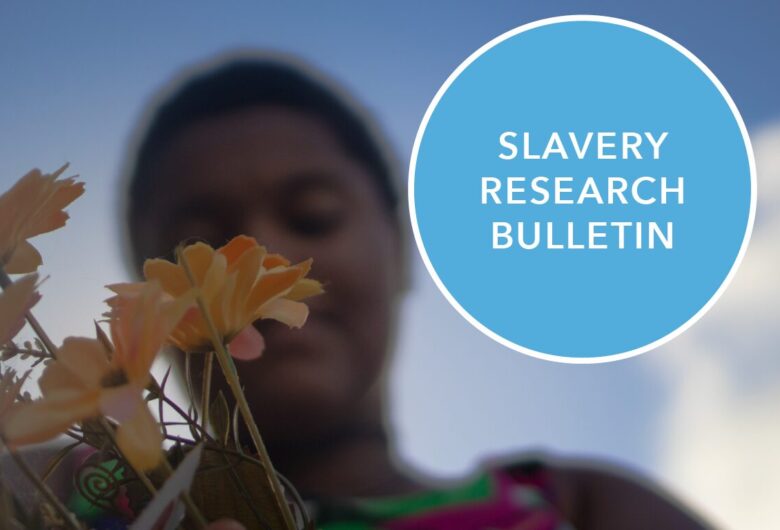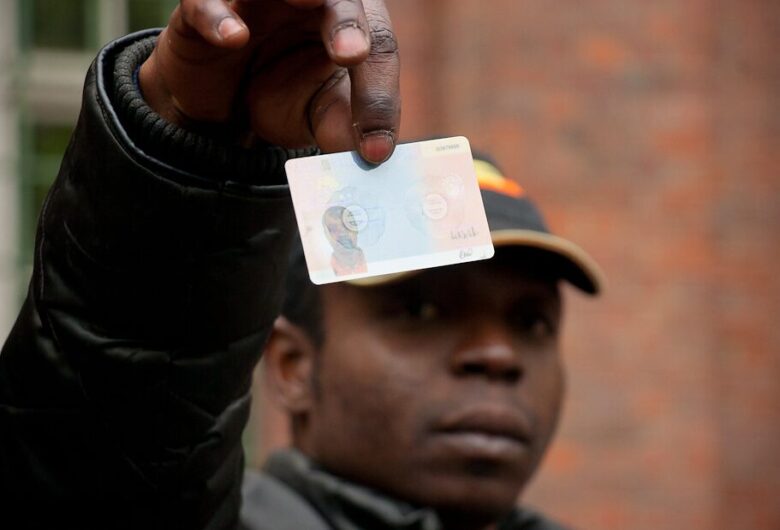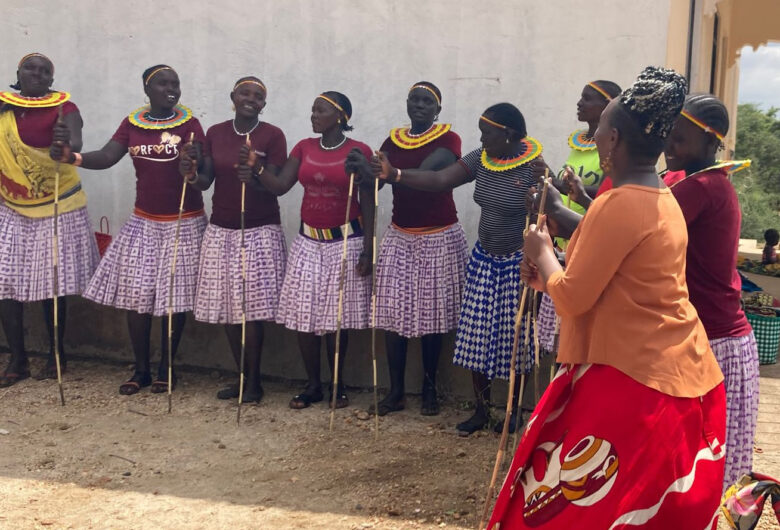For those of you who are as nerdy as me, perhaps you will be as excited as I am about our new impact page, which we’ve launched today. There are lots of charts and tables and colours – so that’s a reason to be excited right there. There’s also some great data to pour through. It’s only a first instalment, based on data we’ve just finalised showing the achievements of our 17 partners in Northern India in 2014. But it’s a start, and gives a taste of the wealth of information we will have when reporting from our five other hotspots comes online later this year.
A quick tour of the headlines: in 2014 our local partners rescued 2,193 adults and children from slavery. More than three quarters of these people were provided with follow-up care – which is crucial in helping them avoid being trafficked again. Freedom Fund investments led to nearly 8,000 previously out-of-school children – including many trafficking victims – starting classes. In total, we had an impact on 55,767 people. These are huge achievements for our partners and for the Freedom Fund in its first year.
The impact page presents all of this information at a glance. It shows how much we have invested, how much it cost us on average to reach each program participant, and what our partners accomplished under a range of output and outcome indicators. More will be added as our new set of global metrics is rolled out. We will be updating the data each quarter, for every hotspot.
So we are excited that we will have this information at our fingertips and will be able to share it easily with others.
But we are also acutely conscious about the dangers of numbers. What does it mean to have “had an impact” on 55,767 people? What does it mean that our average cost in reaching each of those people was $23 – is that good or bad? Numbers without consideration for the kind of impact we’ve had are not very helpful. And we must be careful not to focus our funding on activities whose results are easy to translate into numbers. To paraphrase the former USAID chief Andrew Natsios, the most transformative work is often the hardest to measure.
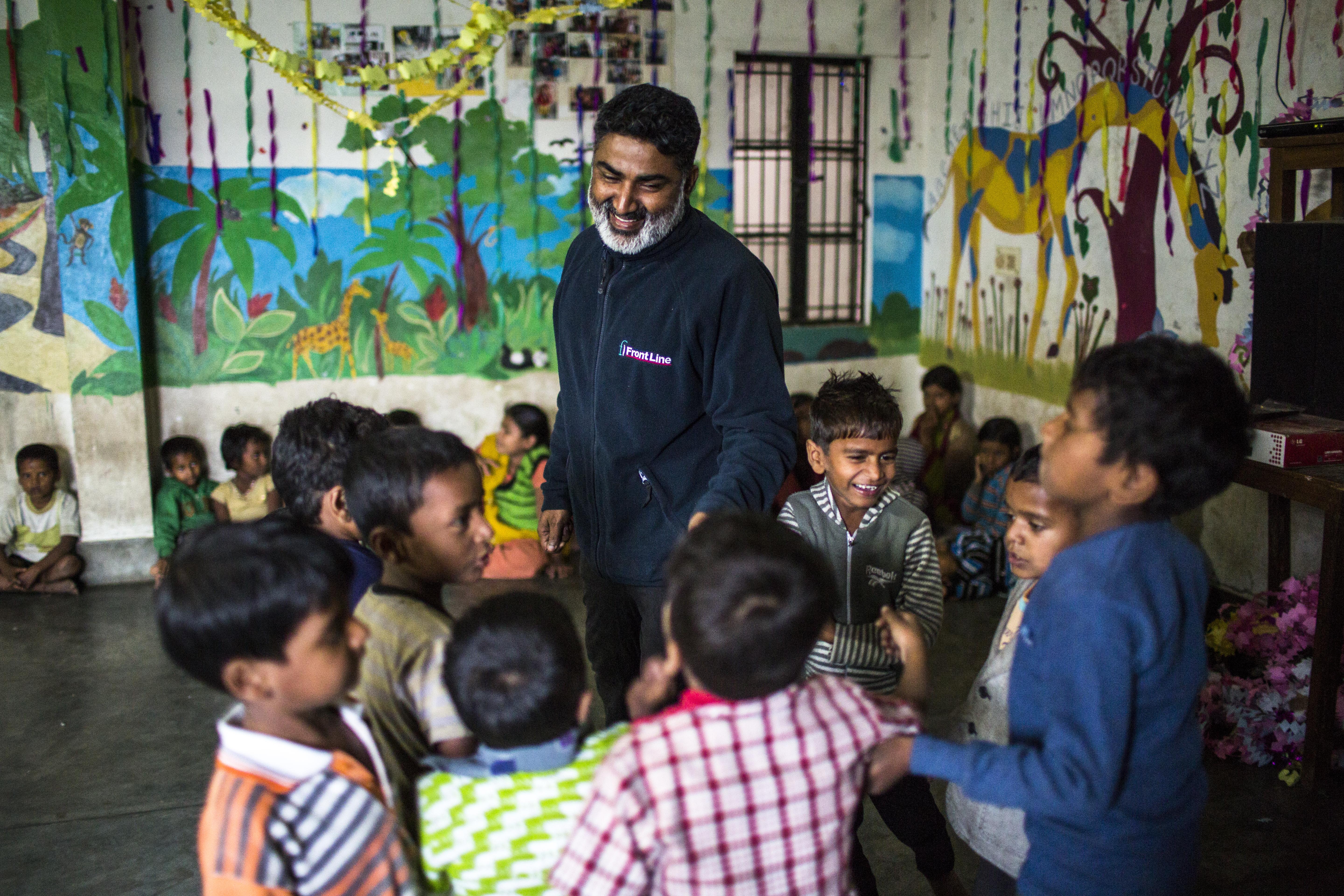
Children of women trapped in prostitution dance with Ajeet Singh, founder of Guria. Photo Credit: Suzanne Lee, © Legatum Limited 2015
This is why we are investing heavily in studies that can help us get behind the numbers. It’s fantastic that our partners have been able to reach over 90,000 people with information about trafficking risks. Intuitively we know that that will have done a lot of good and probably prevented hundreds or even thousands of those people from being trafficked. But what messages work best, and how cost-effective are they in preventing people from falling into slavery? Questions like these require rigorous, patient, long-term research, and we are committed to supporting this.
The impact page will carry updates from research studies that we are funding. We have two such studies underway – one led by Harvard University’s FXB Center for Health and Human Rights, and one by the Institute for Development Studies. More are in the pipeline. We look forward to sharing the findings on this site and through other channels.
How organisations define impact, and how they present data, is a topic that sparks a lot of debate. We welcome feedback on what we are trying to do (have a look also at our approach to monitoring and evaluation). What we want above all is to be transparent about what we’re learning from our programs, and what the meaning is behind the data. We’ve posted definitions of all our metrics. Let us know what you think. The goal is for this information to be valuable not just for our frontline partners but for the wider anti-slavery community.

